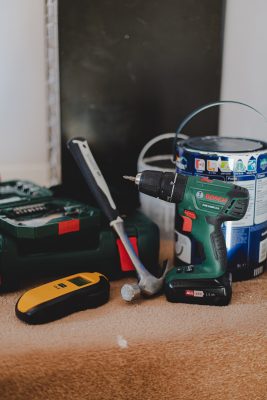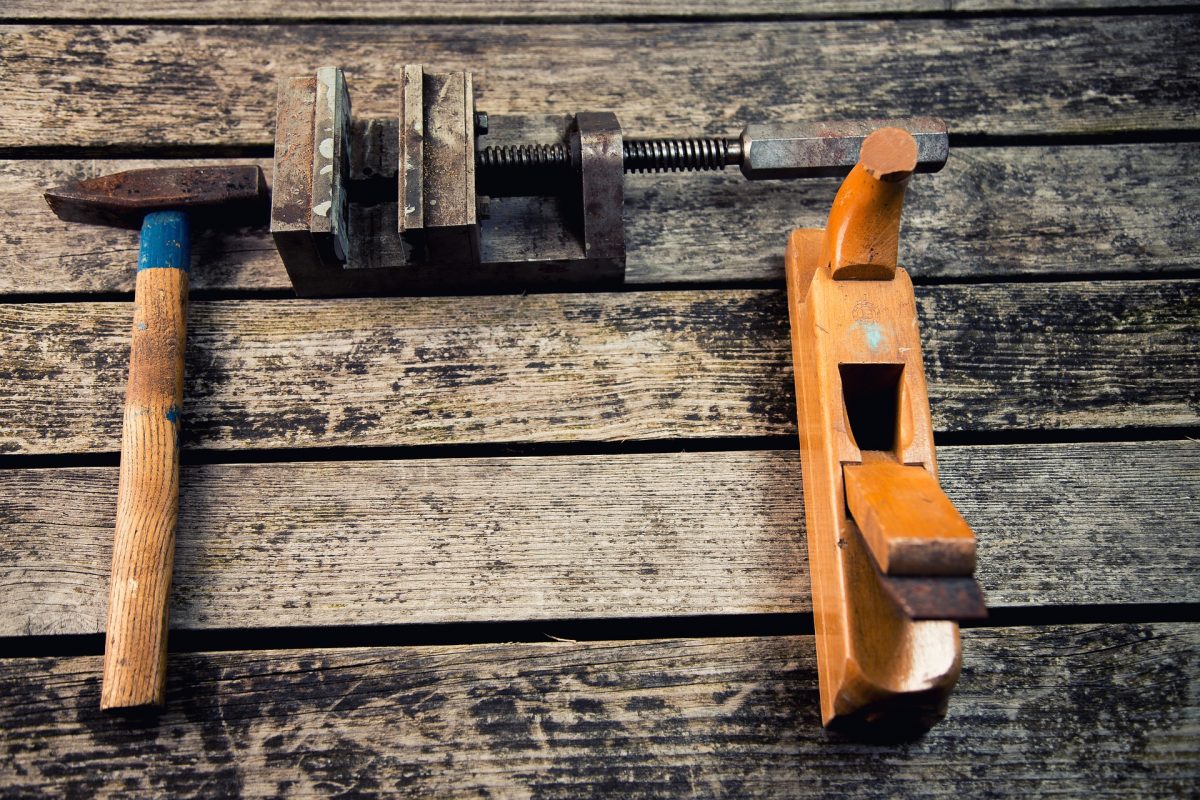Plus! What to do to Prevent Future Damage
Termites can cause tremendous damage to one of your most prized possessions – your house. These pests mercilessly devour just about anything that contains cellulose. Their favourite targets are posts, beams and walls. Once done, they can shift to any other nearby wooden material and the repair job becomes even bigger. By the time you detect the damage, it is usually already enormous. But! Repairing and fixing damage can be done. Below are some useful tips on how to fix termite damage.
Repairing Termite Damage Starts with Elimination and Assessment
The very first step is to stop the termite infestation and then assess the extent of the damage. You don’t want to replace wood before getting rid of the termites—as you’re simply giving them new wood to munch on.
So, seek support from a termite specialist to inspect (and eliminate them) from your home. There are many methods available to pest control technicians to suit different homes and environments. A professional pest controller should offer eco-friendly options that target termites while protecting essential insects(*1).
Fixing Minor Termite Damage
Once the termites are gone, it is time to do some repairs. Where damage has occurred on non-structural wood, you have three options.
- Chisel out the damaged wood and replace.
- Sand the wood and fill with wood filler.
- Sand back the damaged wood and install new wood next to it as a support.
In most areas, option three is often an acceptable repair technique which complies with building codes. Your building consultant or contractor should be able to give you the specific requirements for your area.
Wood Filler for Small Repairs
If you use wood filler, choose a quality product that will penetrate the wood(*2). This will ensure the wood is completely sealed and prevents moisture build-up. Now it is time to insert screws.

Screws:
- Support the wood.
- Fill holes, and;
- Provide a strong area for the wood filler to bond to.
When applying wood filler, push it into all the gaps. Once the product has dried, sand off any excess product and if you wish, stain the wood to match. Wood filler should only be used for minor damage. This is because, over time, it can crack. Cracks provide entry points for moisture and termites to re-infest (if they aren’t being controlled by a barrier system)(*3).
Fixing Structural Wood and More Significant Damage
Unfortunately, structural wood components in your house can be complicated to fix. Other materials are usually attached to the structural wood, making it even more complex. If you are an experienced handyman or handywoman, this may be something you are capable of. If you are no handyman, getting a building contractor in for advice may be the best port of call.
Future-Proofing House Sales
If you sell your house in the future, showing potential buyers that you have:
Treated the infestation professionally, and;
Had damage fixed by experts,
will instil confidence in them and boost sale prospects. Leaving damage untreated can lead to loss of structural integrity so it is important to ensure it is fixed. Learn more about selling a home with prior termite damage.
Preventing Future Infestations
Once the damage is fixed, the final thing to do is prevent it from happening again. The best ways to do this are:
Get an annual termite and pest inspection done on your home and property.
Have a professional install barrier systems to your home.
Home Termite Control can protect you, your family, and home from termites. Contact us today or call Brad on 0488 991 126.
References *1. Home Termite Control. Environmentally and Eco-Friendly Pest and Termite Control. 2021. *2. McCoy, W. Recommended Wood Filler for Termite Damaged Wood. 2021. *3. The Maintenance Guys. Your Local Termite Restoration & Termite Repair Contractors. 2021.

